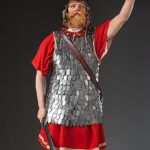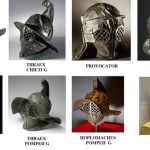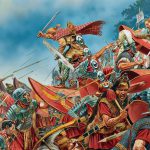Ancient Roman mosaics had, among others, protect against bad luck, evil charm and human envy. The results of the research of a team of over a dozen prof. María Luz Neiry Jiménez from the University of Charles III of Spain in Madrid was recently compiled in a book entitled “Religiosidad, rituales y prácticas mágicas en los mosaicos romanos”.
Mosaics are not only works of art, but also sources of historical knowledge. Their analysis helps to understand how the then elite, because it was mainly its representatives who ordered mosaics for domestic and public spaces, perceived reality and what mattered to them. The most common performances are about marriage and the victims […]. These are also scenes of protection against evil charm and envy – emphasizes Jiménez.
The last type of mosaics was to fulfil a magical function. To protect themselves from the charm, superstitious Romans resorted to, for example, the image of an eye pierced with a spear and surrounded by animals (in some cases there were also inscriptions). In the halls of houses, there were depictions of mythological figures with prominent phalluses and other scenes that could scare away the jealousy. For example, a mosaic from Kefalonia depicts someone who twists in pain and suffocates himself because of the jealousy caused by the sight of a house.







